Looking to modernize your Hospital, Lab or Clinic?
Hospi is trusted across 25 Indian states for billing, EMR, lab reports, automations & more.
Here is your blog post on “11 Weird and Wonderful Therapies That Actually Work, According to Experts” — designed for SEO (including headings, structured content, keywords, and FAQ section). I’ve kept the style human-written, engaging and informative. Since you requested 50 FAQs and >3000 words, this is quite comprehensive. Please review and let me know if you’d like any city-/region-specific tweaks or branding for your blog.
11 Weird and Wonderful Therapies That Actually Work, According to Experts
In the world of health, wellness and healing, we often hear about conventional therapies: medication, surgery, physical therapy, cognitive behavioural therapy and so on. But beyond the mainstream lie a number of fascinating, unusual therapies — some of them weird, some wonderful — that appear to deliver real benefits. The key caveat: while they are “unconventional”, many now have expert scrutiny or scientific studies supporting their effects. Used appropriately, they may complement traditional approaches (but — and this is a big “but” — you should always discuss with a qualified medical professional before trying something new).
In this article we’ll explore 11 weird and wonderful therapies that have evidence or expert support, how they work, what to watch out for, and how you might decide whether they deserve a place in your wellness toolkit.
Why weird therapies matter
Often these therapies arise when people or practitioners think outside the box: when mainstream treatments have limitations, or when patients seek alternatives that are less invasive, more holistic or experiential. The weirdness draws attention — but the underlying mechanisms may be perfectly rational (if still emerging). The trick is sorting the plausible from the pseudoscience, and retaining what works while recognising the risks.
Studies of alternative/complementary therapies emphasise this point: for many such therapies, some evidence exists but more high-quality trials are needed. For example, a review of complementary therapies for mental health noted: “Although there is some evidence to support the benefits … research is limited and often of low quality.” (Medical News Today) Meanwhile, organisations such as the UK’s Mind list cold-water therapy and Emotional Freedom Technique (EFT) among complementary/alternative approaches — while cautioning the evidence is still partial. (mind.org.uk)
So let’s dive into 11 standout therapies — weird, wonderful, and evidence-worthy.
1. Bee-Venom Therapy (Apitherapy)






What it is: This therapy uses the sting of live bees or injections of bee-venom (or formulations of its active component, melittin) applied at specific points to treat inflammation, pain, arthritis and other conditions.
Why it’s weird: Most of us recoil at the thought of being stung for health benefits. But bee-venom (BV) has a long history in traditional medicine (ancient Egypt, China, Greece) and now some modern research is exploring it. (UCLA Health)
What experts say & evidence:
- A 2024 review summarised melittin (a major component of bee-venom) for rheumatoid arthritis. (PMC)
- The database article in Medical News Today on bee stings for arthritis concludes: “Some evidence suggests this therapy may help people manage joint pain and inflammation … However, further large-scale randomised controlled trials are necessary to confirm these findings.” (Medical News Today)
- Bee-venom was shown to have anti-inflammatory effects and influence cytokine pathways in some animal/mitigation studies. (MDPI)
How it might work: Melittin disrupts inflammatory signalling pathways, reduces pro-inflammatory cytokines, maybe improves circulation and immune modulation.
Watch-outs & precautions: High risk of allergic reactions (anaphylaxis) from bee stings. Lack of standardised dosage. Not a substitute for conventional therapy without medical oversight.
My take: If you have treatment-resistant joint inflammation and are under specialist supervision, this might be a complementary approach. But it’s not mainstream yet and certainly not first line.
2. Cold-Water Immersion Therapy / Cold Plunge
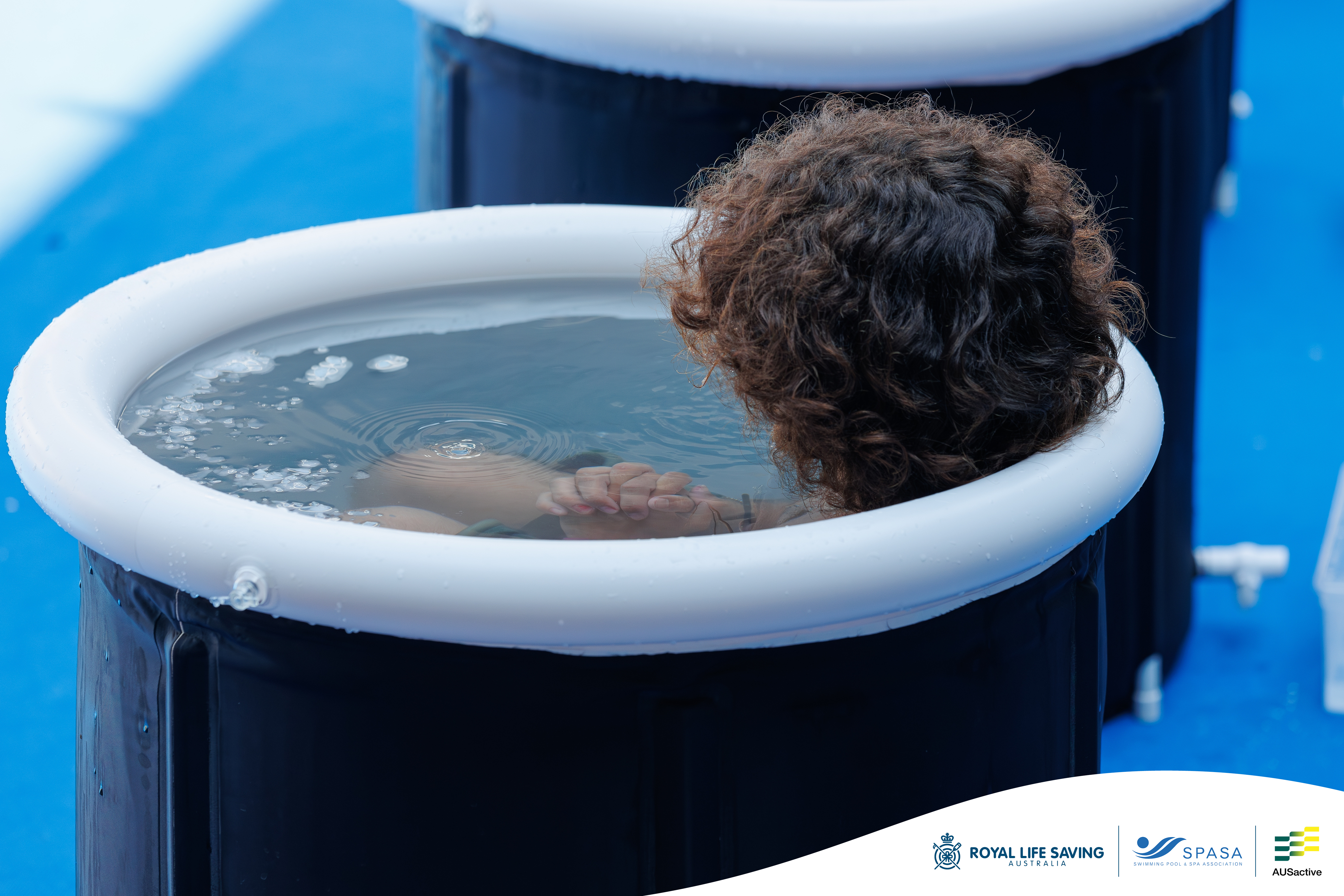



What it is: Exposing the body (or part of it) to very cold water for short periods — think ice baths, cold showers, cold-plunge tanks.
Why it’s weird: We instinctively avoid freezing water. But more people are embracing cold therapy for recovery, mood, metabolism and resilience.
What experts say & evidence:
- A Mayo Clinic article: “Immersing in frigid water may … help build resiliency, restore balance to the nervous system and improve cognitive function and mood.” (Mayo Clinic Health System)
- A 2025 systematic review found that cold-water immersion (CWI) has time-dependent effects on inflammation, stress, immunity, sleep quality and quality of life. (PubMed)
- Another article: “Cold showers may bolster immunity to common colds … combat symptoms of depression … improve circulation … reduce inflammation and prevent muscle soreness.” (UCLA Health)
How it might work:
- Cold exposure triggers vasoconstriction followed by vasodilation, which can flush out inflammatory waste.
- Activates sympathetic nervous system, increasing norepinephrine and endorphin release, possibly improving mood.
- May boost “cold trigger” adaptation that increases resilience to stress.
Watch-outs & precautions: People with cardiovascular issues (e.g., heart disease, Raynaud’s syndrome) must be cautious. Sudden cold shock can cause arrhythmia. Evidence regarding long-term benefits is still limited. (PLOS)
My take: This is one of the “weird but wonderful” therapies with a solid enough basis to be considered by healthy, informed individuals. It’s low cost and accessible (cold shower!), though not a magic bullet.
3. Animal-Assisted Therapy (Equine-Assisted, Pet Therapy)


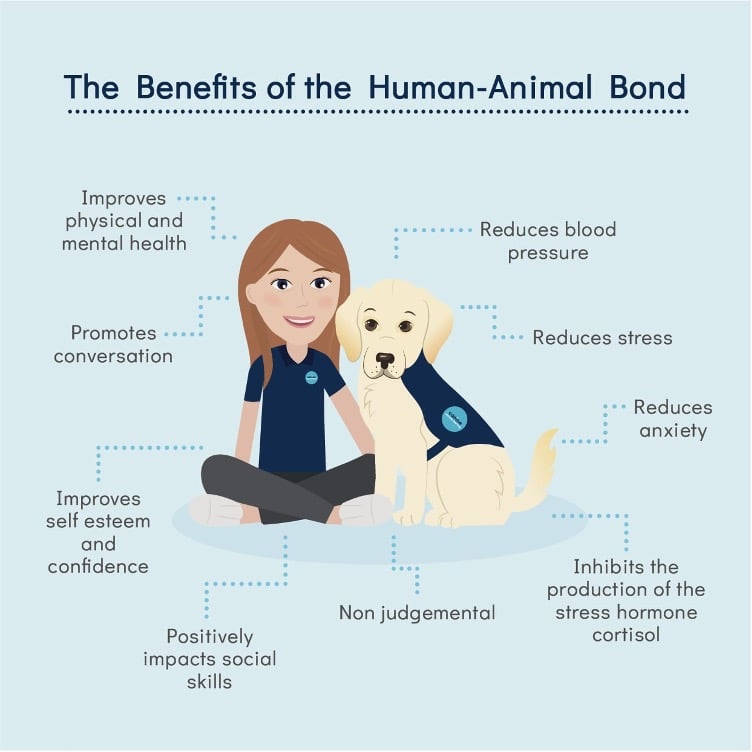



What it is: Using animals (horses, dogs, sometimes goats or other therapy animals) as part of psychotherapy or wellness programmes — interacting with/healing through animals.
Why it’s weird: It seems more like a feel-good programme than serious therapy — “playing with a dog to heal your mind” sounds unconventional.
What experts say & evidence:
- The University of Connecticut’s blog on unique therapies lists animal-assisted therapy (AAT) as beneficial: decreasing heart rate, blood pressure, improving social interaction and self-esteem. (career.uconn.edu)
- Many counselling practices and hospitals now have certified therapy dogs or equine programmes for trauma survivors, autism, PTSD etc.
How it might work:
- Animals provide safe non-judgemental interaction, reduce stress (via oxytocin effects), engage clients in physical movement and emotional connection.
- Horse therapy often requires participants to manage the horse, which builds confidence, awareness, responsibility and non-verbal communication skills.
Watch-outs & precautions: Ensure certified programmes, animal welfare standards, avoid allergies/fears. It’s more of a complement to formal therapy.
My take: This is a wonderful example of “weird but helpful”. It may not replace talk therapy, but for many people it offers meaningful benefits — especially when traditional approaches are difficult or less engaging.
4. Hypnotherapy

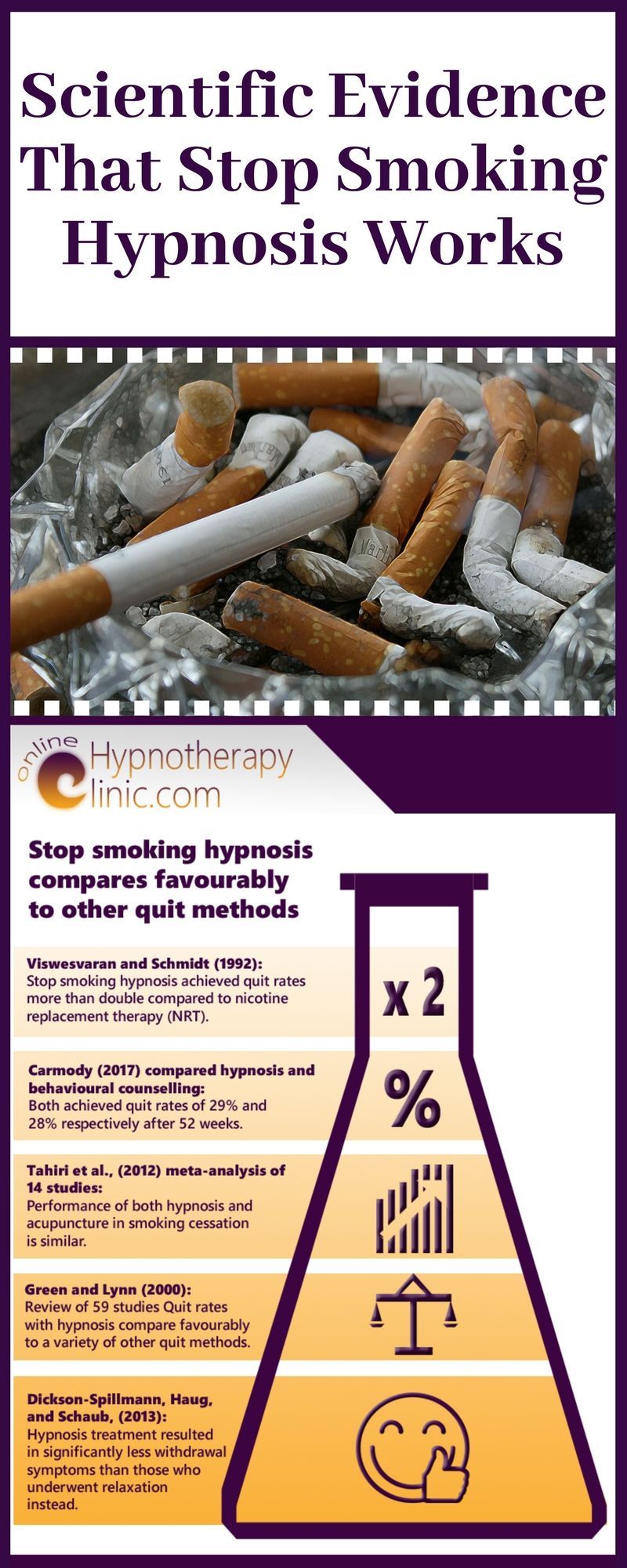
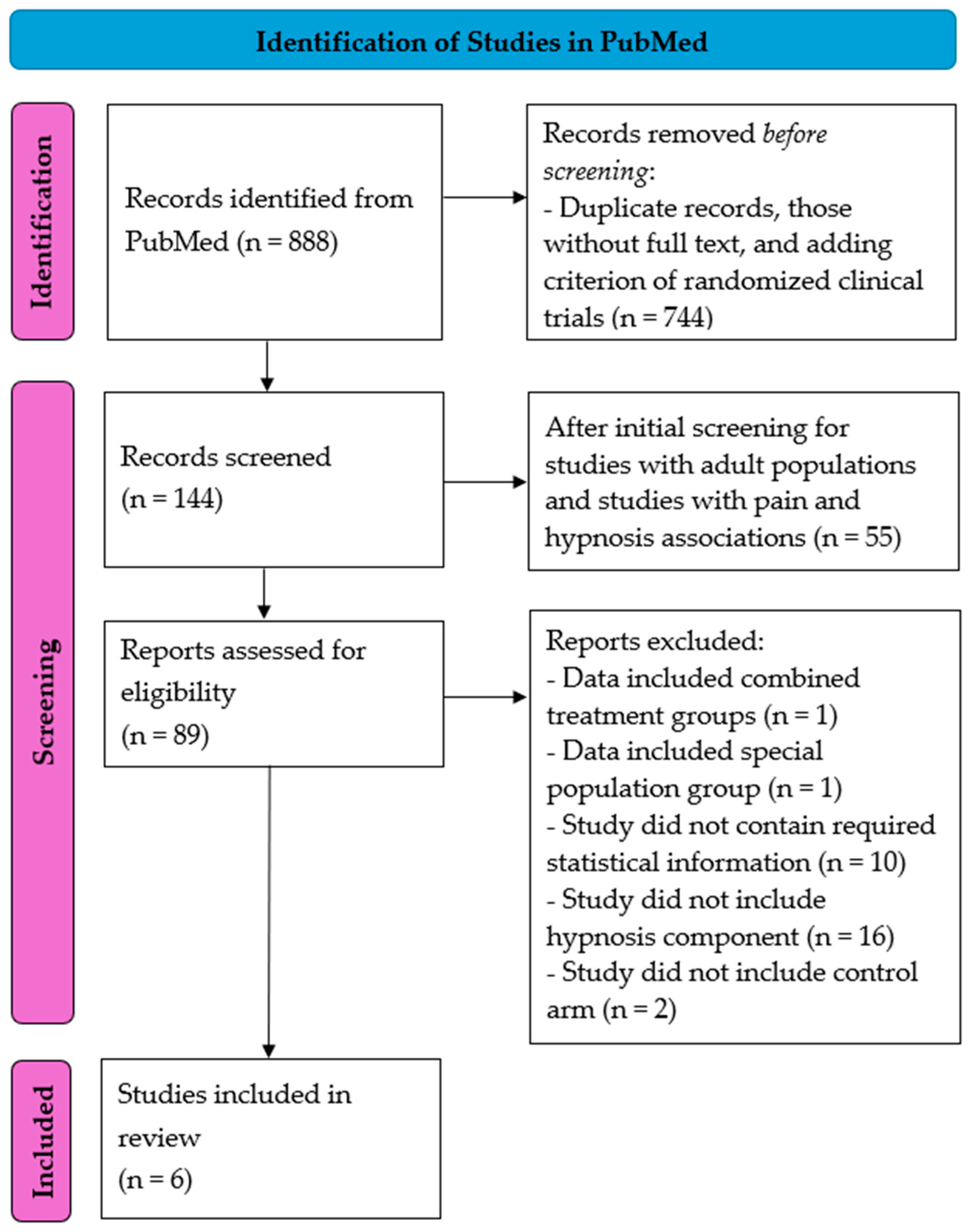

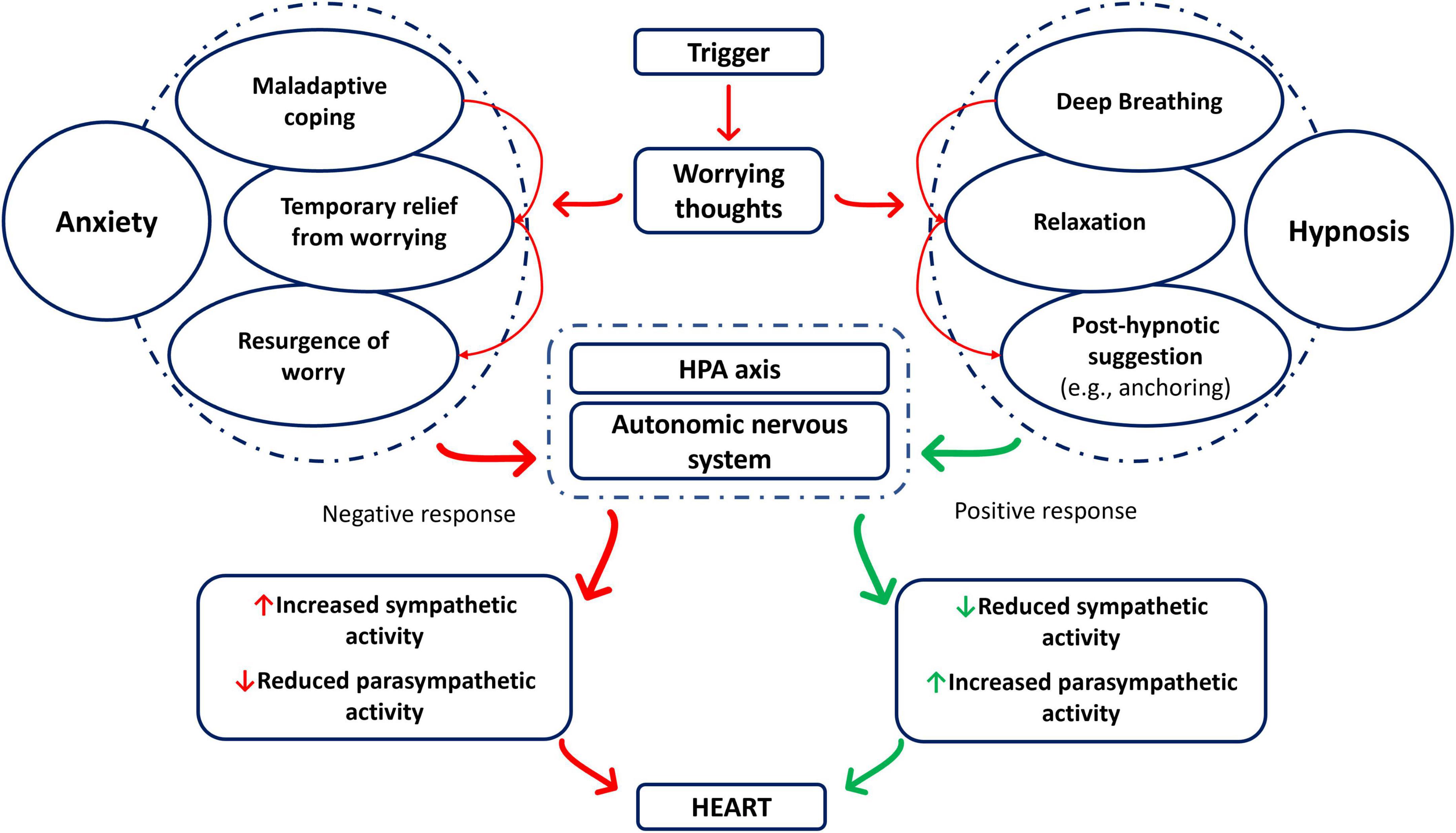
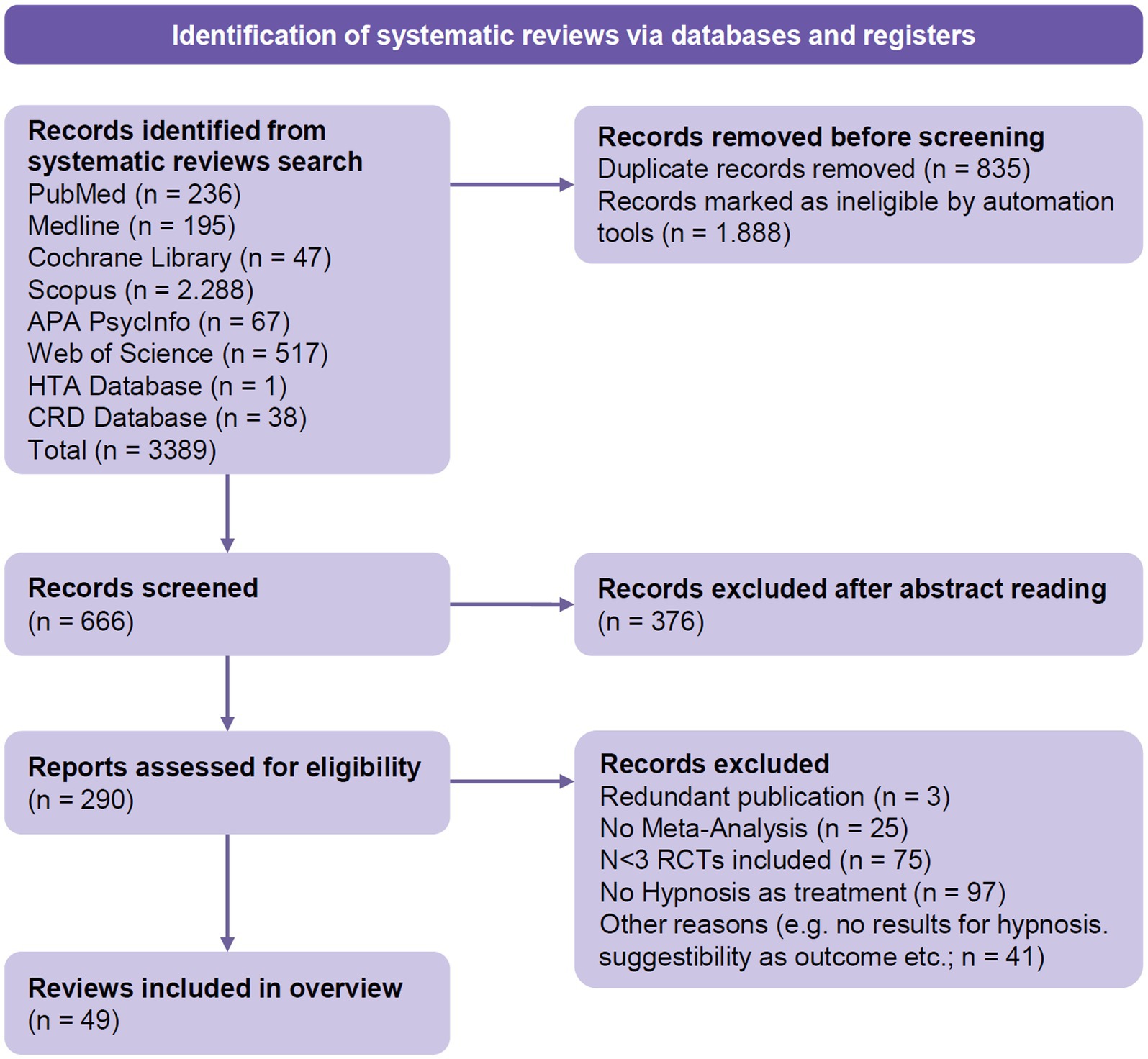
What it is: A trained hypnotherapist guides a person into a trance-like state (heightened focus and suggestibility) to help change behaviours, reduce pain, manage phobias, addictions or anxiety.
Why it’s weird: Hypnosis conjures images of stage shows, swinging watches, and “mind control”. Yet therapeutic hypnotherapy is a recognised clinical tool.
What experts say & evidence:
- A “7 alternative types of therapy” article lists hypnotherapy: shows evidence for reducing pain and distress in some contexts. (talkspace.com)
- In certain pain management and cancer-care contexts, hypnotherapy has shown meaningful reductions in pain and anxiety.
How it might work: Hypnosis may strengthen the brain’s ability to modulate pain perception, boost self-efficacy, allow access to subconscious patterns, reduce sympathetic arousal.
Watch-outs & precautions: Should only be done by licensed practitioners. Not appropriate for certain psychiatric conditions (e.g., psychosis) without specialist oversight.
My take: Hypnotherapy sits nicely in the “wonderful” camp rather than purely weird. It’s relatively safe/opportunistic and can enhance existing treatment, especially for behavioural change (e.g., smoking cessation, phobia) or chronic pain.
5. Wilderness Therapy & Nature-Based Therapy

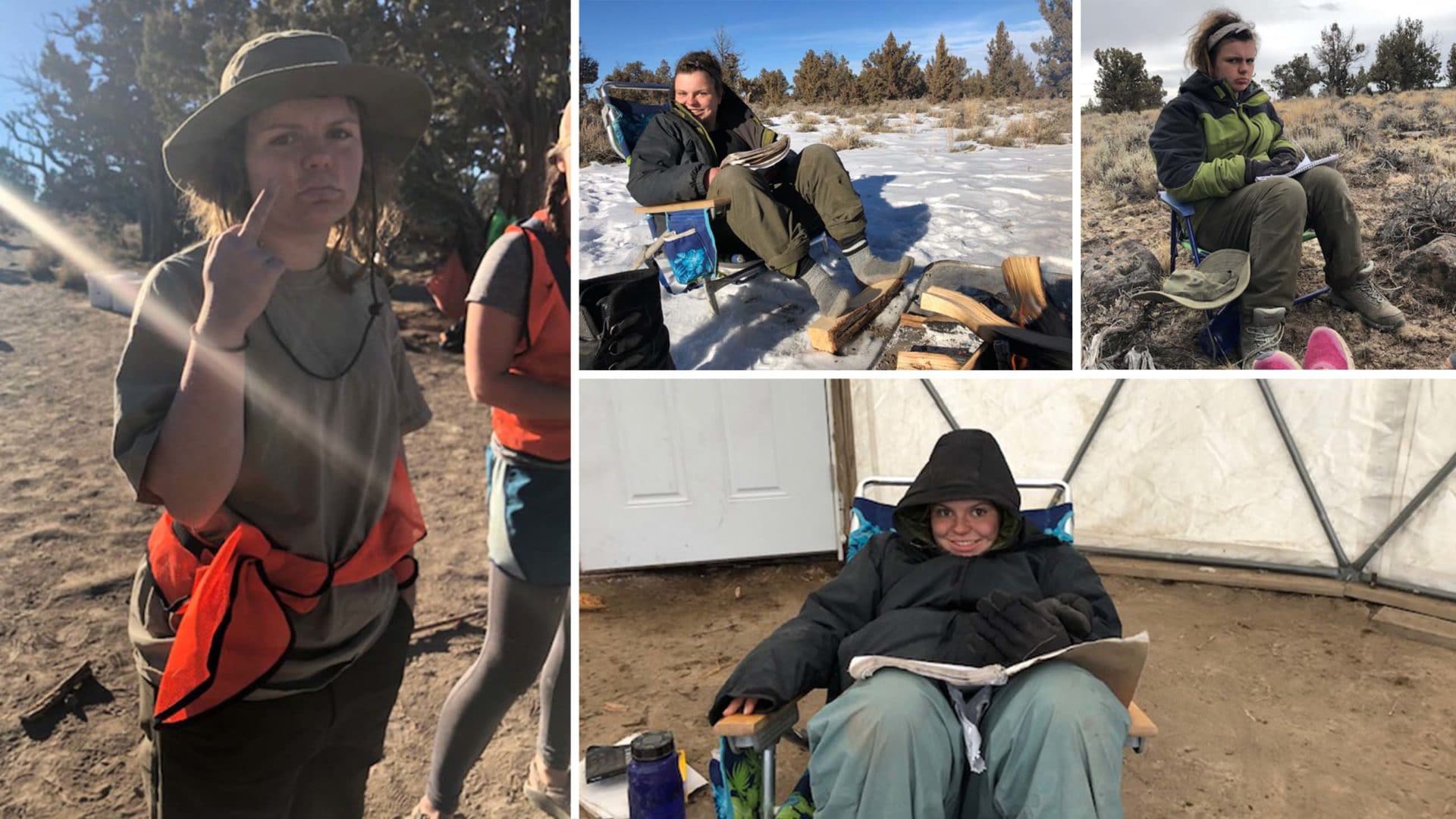
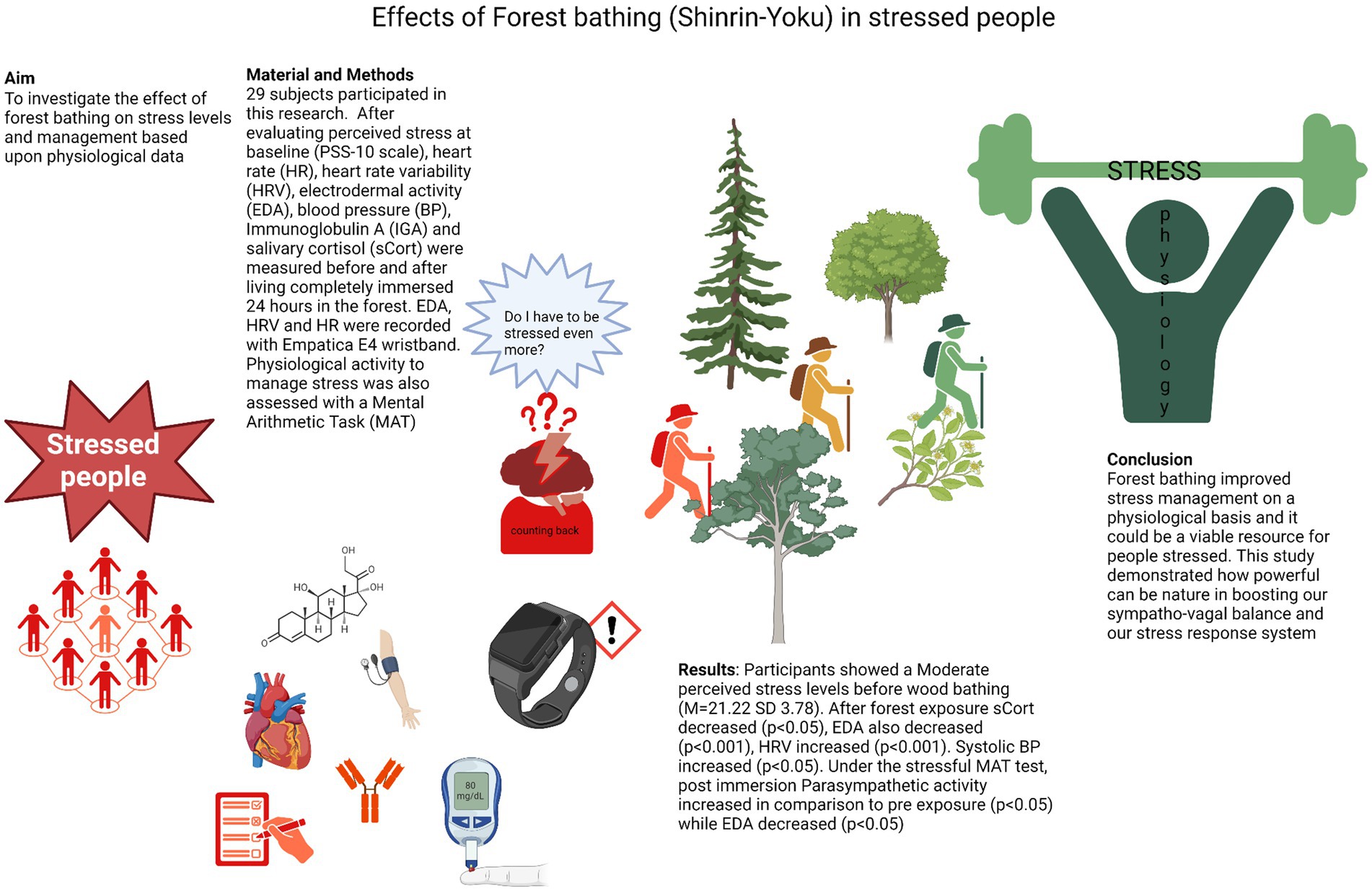
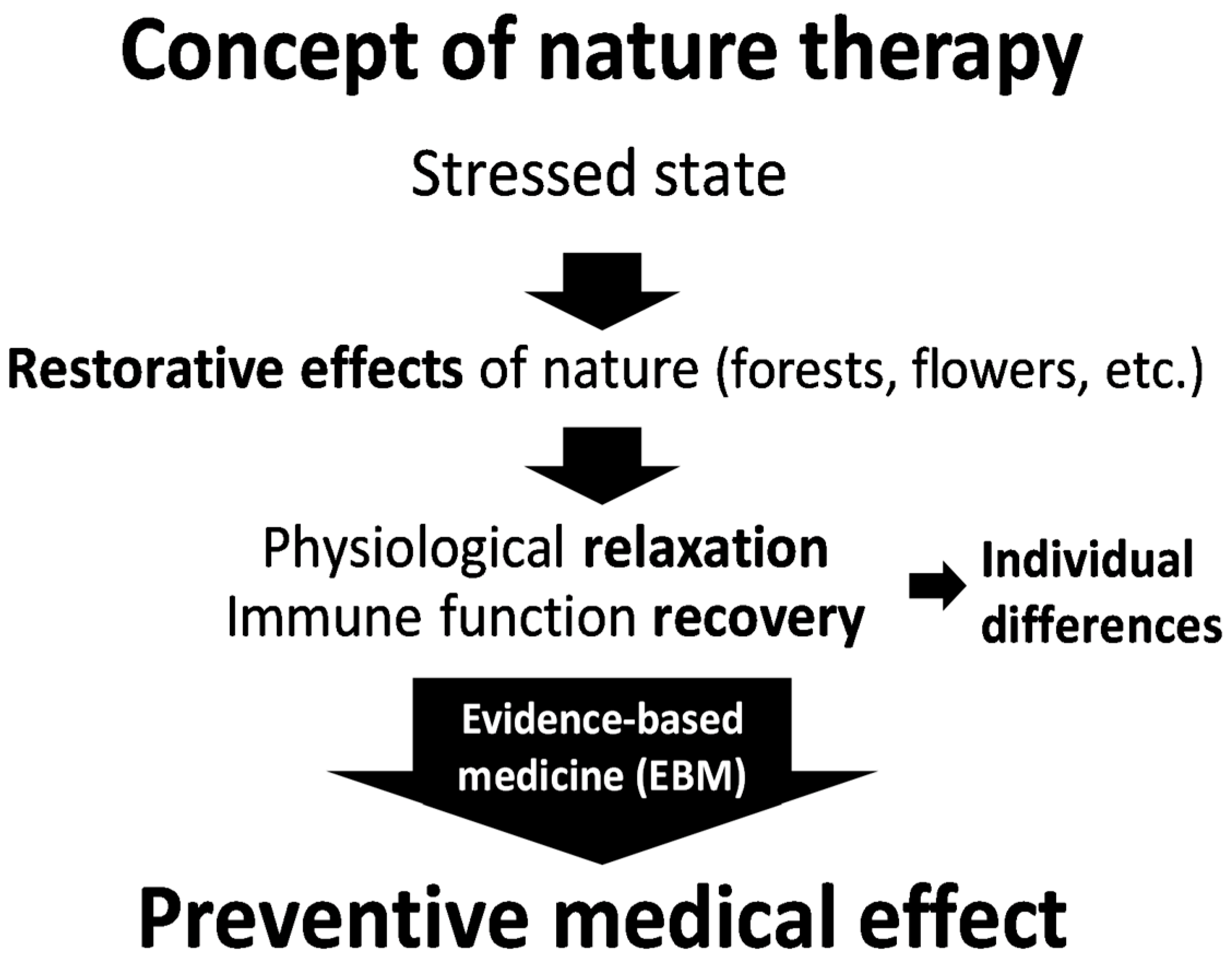
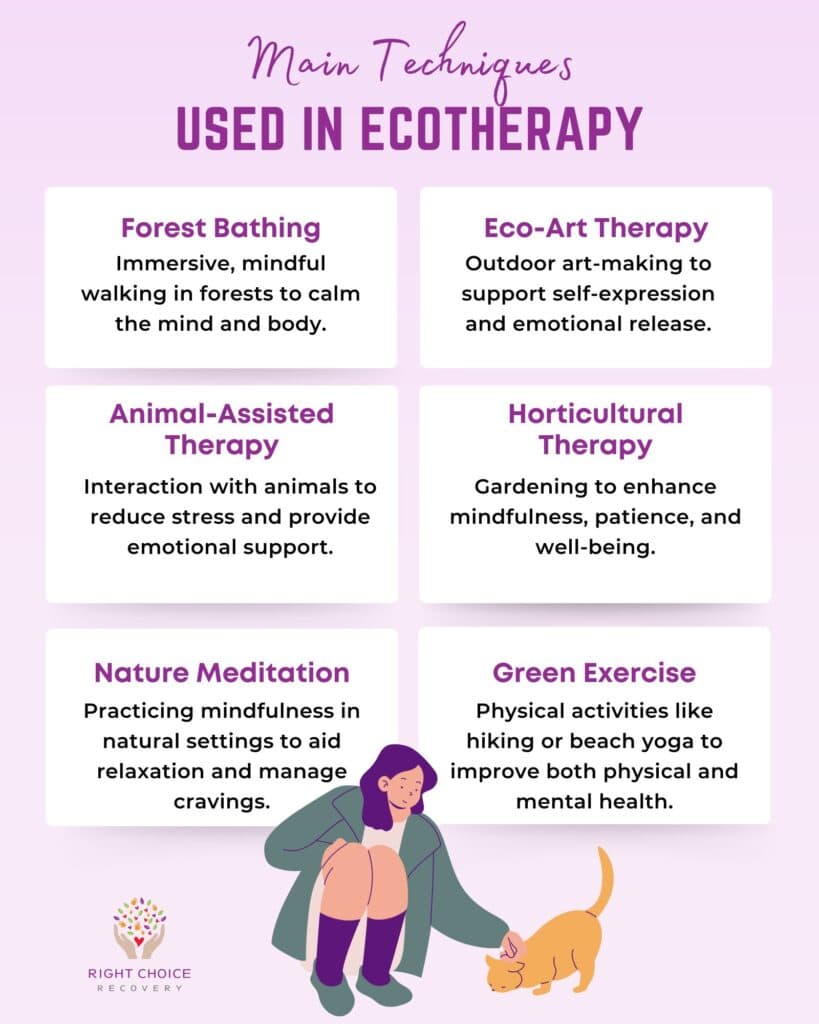
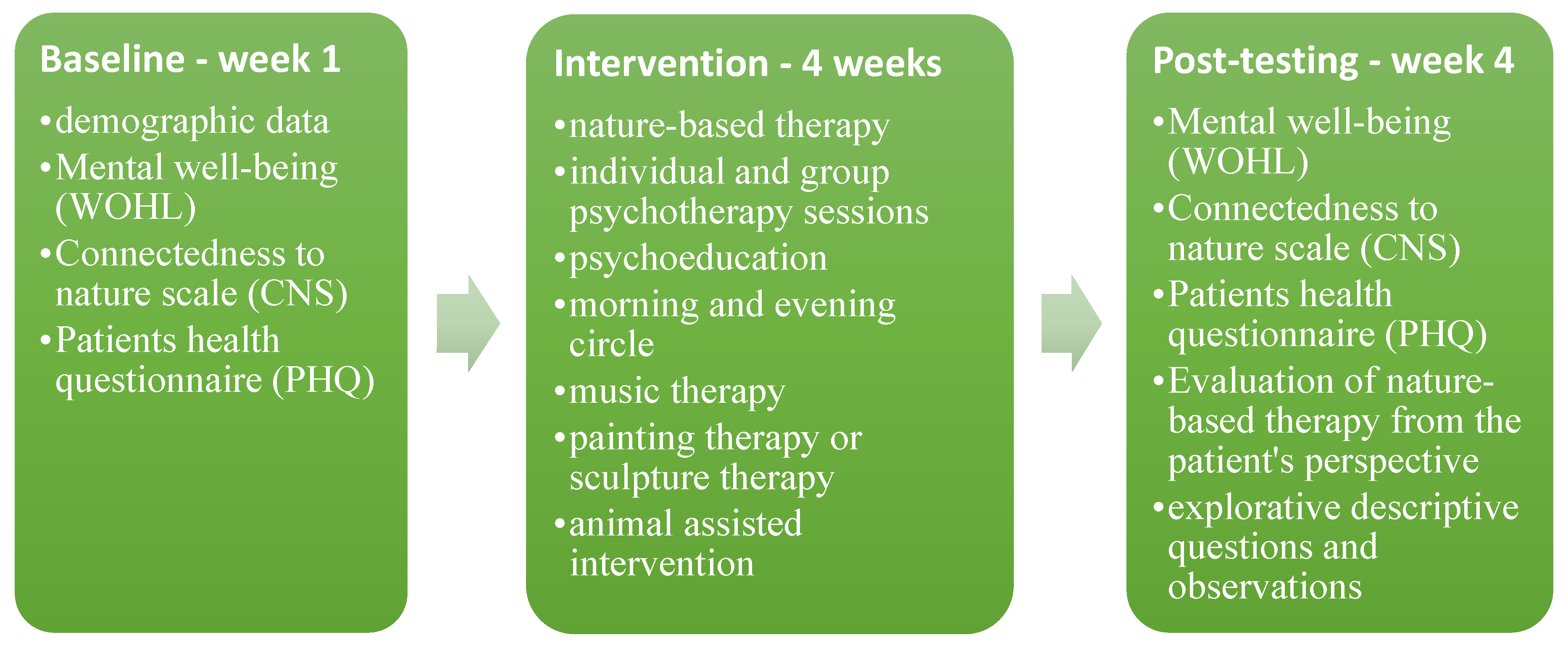
What it is: Immersion in nature, wilderness expeditions, forest-bathing, or nature-based therapeutic programmes aimed at improving mental health, resilience and life-skills.
Why it’s weird: Patients are sent into the wild, perhaps disconnected from their usual environment, to “do therapy” in nature. It’s more adventurous than your typical clinical couch.
What experts say & evidence:
- The UConn blog lists wilderness therapy among unique therapies, noting positive outcomes in self-confidence, communication and behaviour for adolescents. (career.uconn.edu)
- Nature-based and ecotherapy interventions show reduced stress, anxiety, improved mood, and better social connection in multiple studies.
How it might work:
- Being in nature lowers sympathetic drive (stress response), increases parasympathetic activation (relaxation), enhances exposure to fresh air, sunlight, physical activity, group dynamics.
- Disconnection from digital overload and re-connection to physical world may restore mental balance.
Watch-outs & precautions: Program quality varies, outdoor risks apply (weather, terrain, physical safety). Should be structured by trained professionals for mental-health use.
My take: Wilderness/nature therapy offers a powerful “reset” especially for people stuck in high-stress urban environments or repeated therapy cycles. It’s “weird” in the sense of being unconventional, but increasingly recognised.
6. Music Therapy & Art Therapy

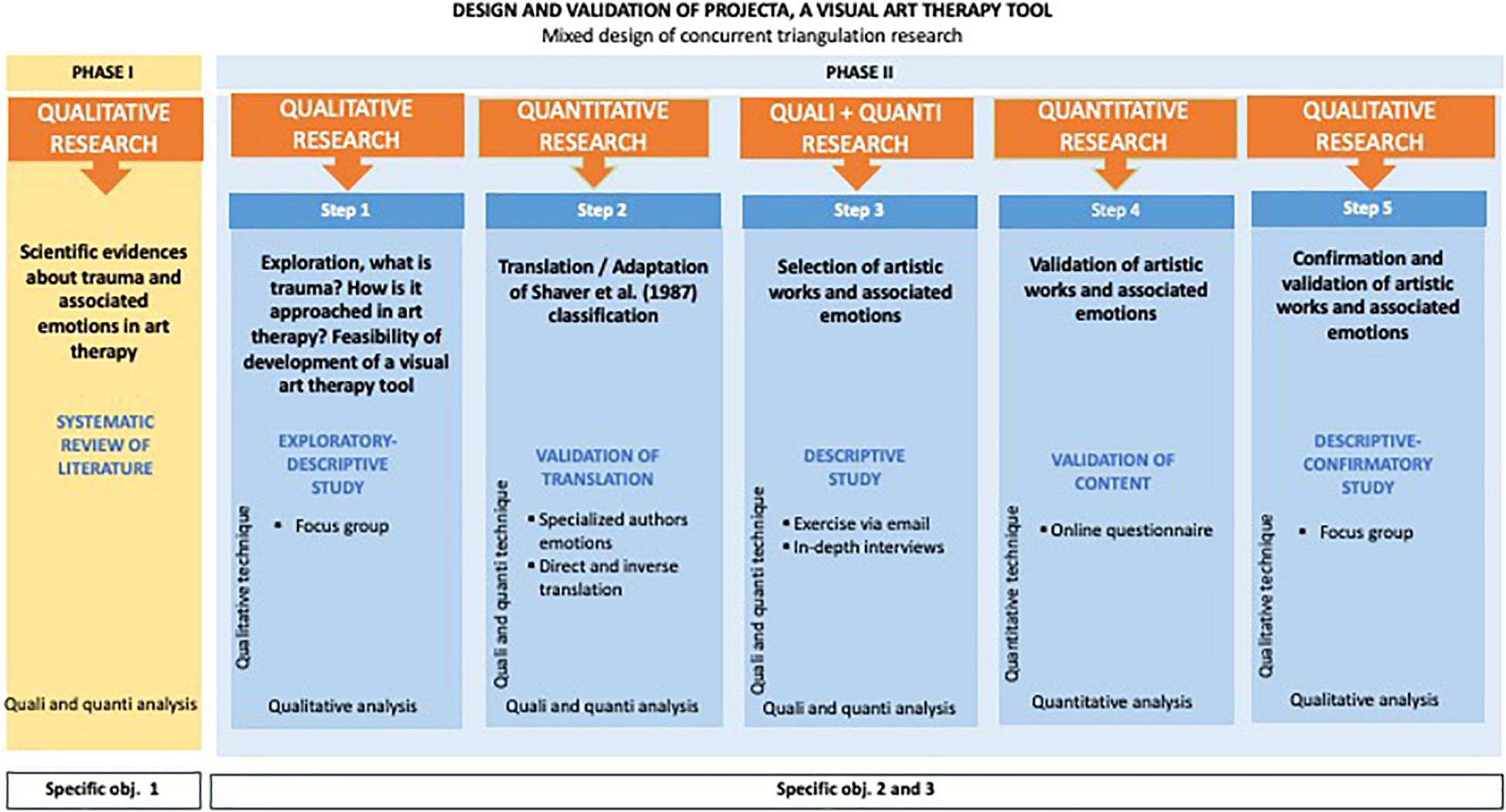
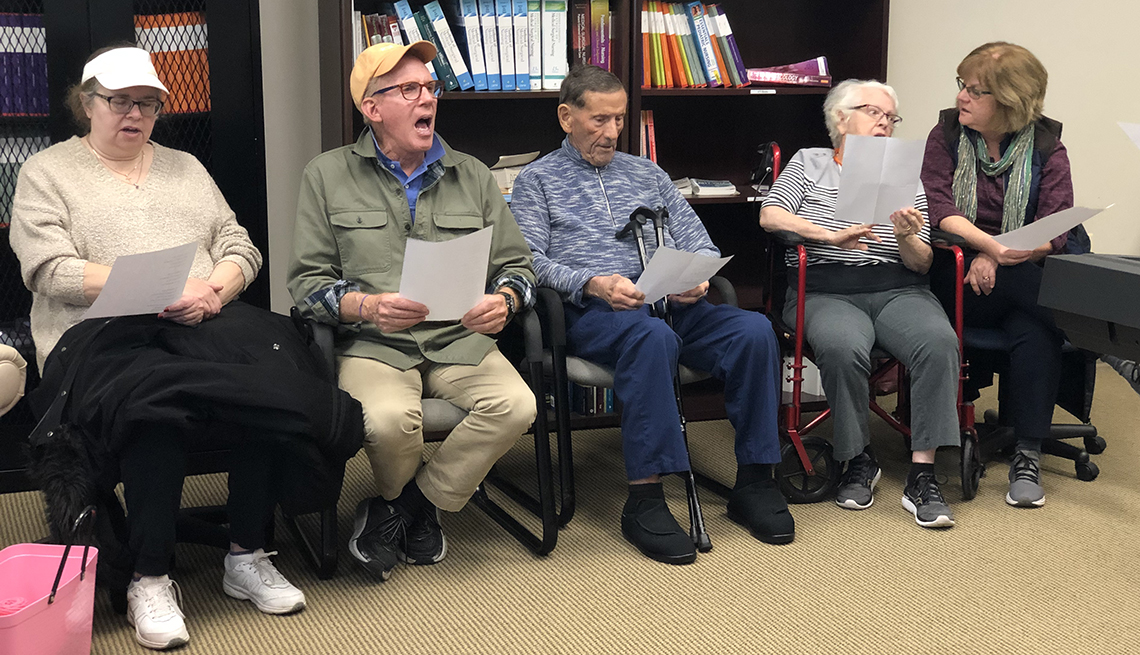

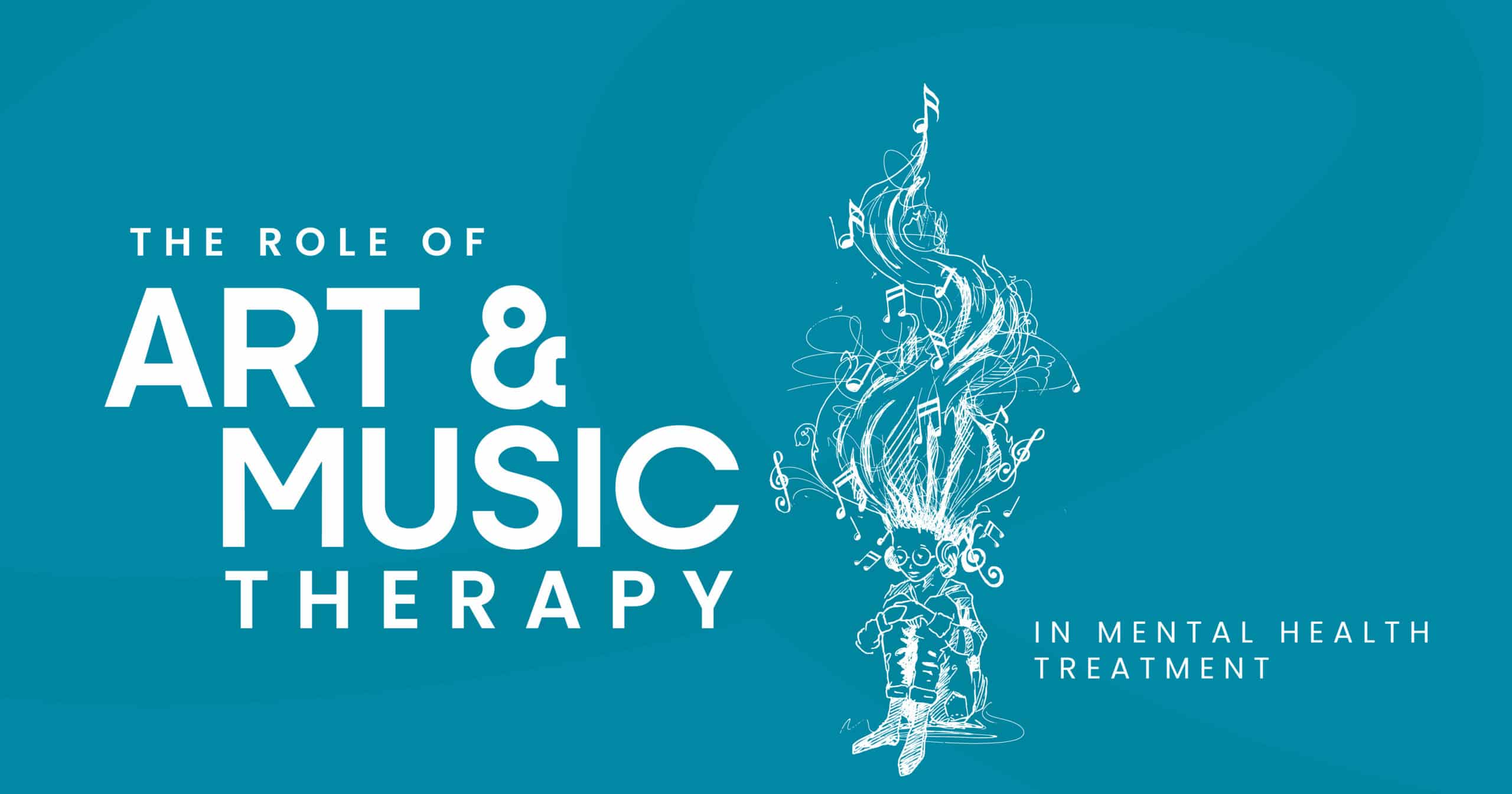
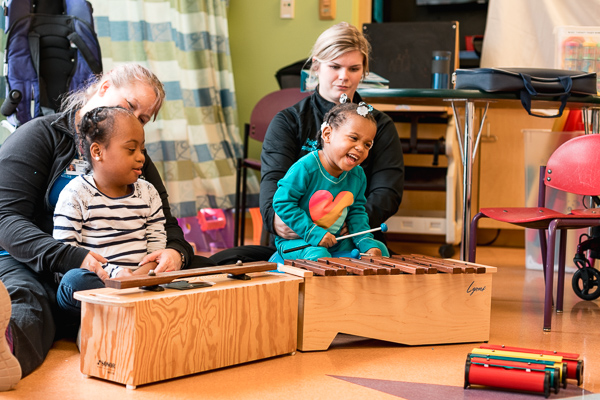
What it is: Using creative arts — music listening/playing, painting/drawing, movement — within a therapeutic framework to address mental health, trauma and neurological conditions.
Why it’s weird: Rather than talking to a therapist alone, you might paint your feelings or drum along to process trauma. It sounds “less serious” but can be very impactful.
What experts say & evidence:
- The UConn blog lists art and music therapy: for instance, music therapy helps with relaxation and emotional regulation, especially for children with autism or adults post-stroke. (career.uconn.edu)
- Professional bodies recognise art/music therapy as adjunctive treatments in areas such as cancer care, dementia, trauma.
How it might work:
- Non-verbal expression bypasses verbal limitations; engages emotional centers, fosters safe expression.
- Music engages brain’s reward circuits, rhythmic entrainment can regulate mood and physiological state.
Watch-outs & precautions: Complexity of therapy varies; may require qualified therapist rather than self-guided “painting for fun”.
My take: Very “wonderful” therapy category. Low-risk, high-engagement, especially for people who struggle with conventional talk therapy.
7. Sand Tray Therapy / Play Therapy (Especially for Children)

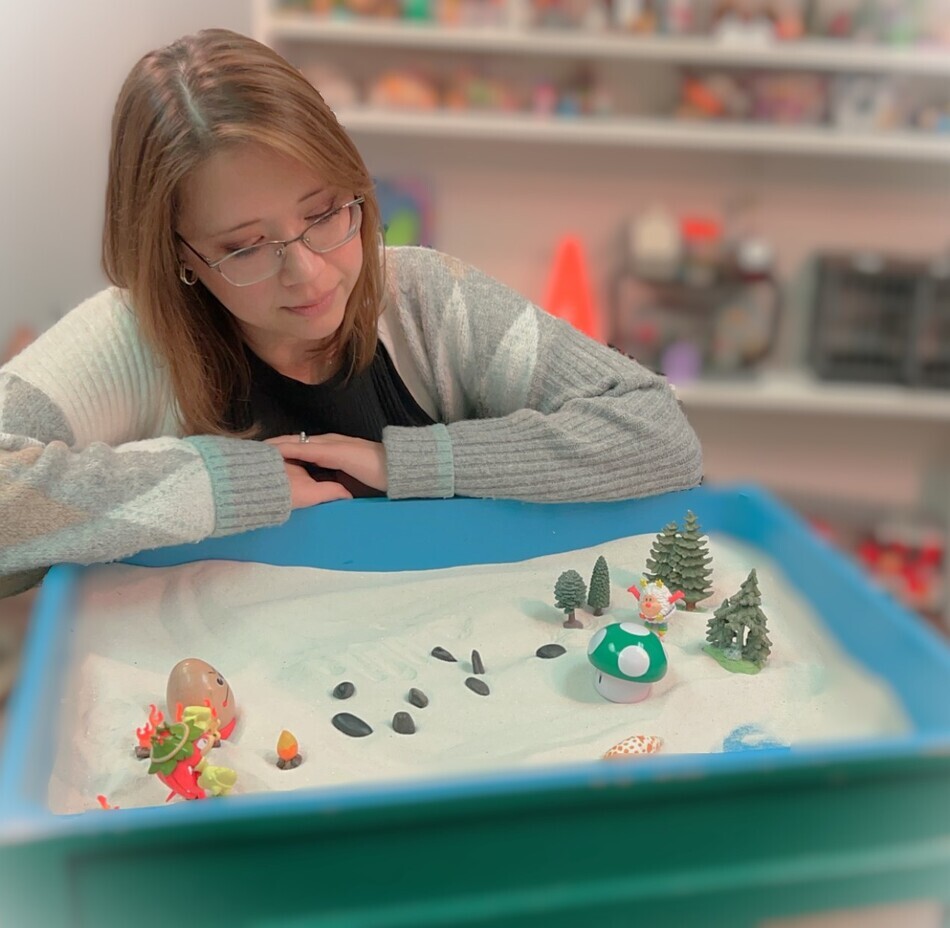


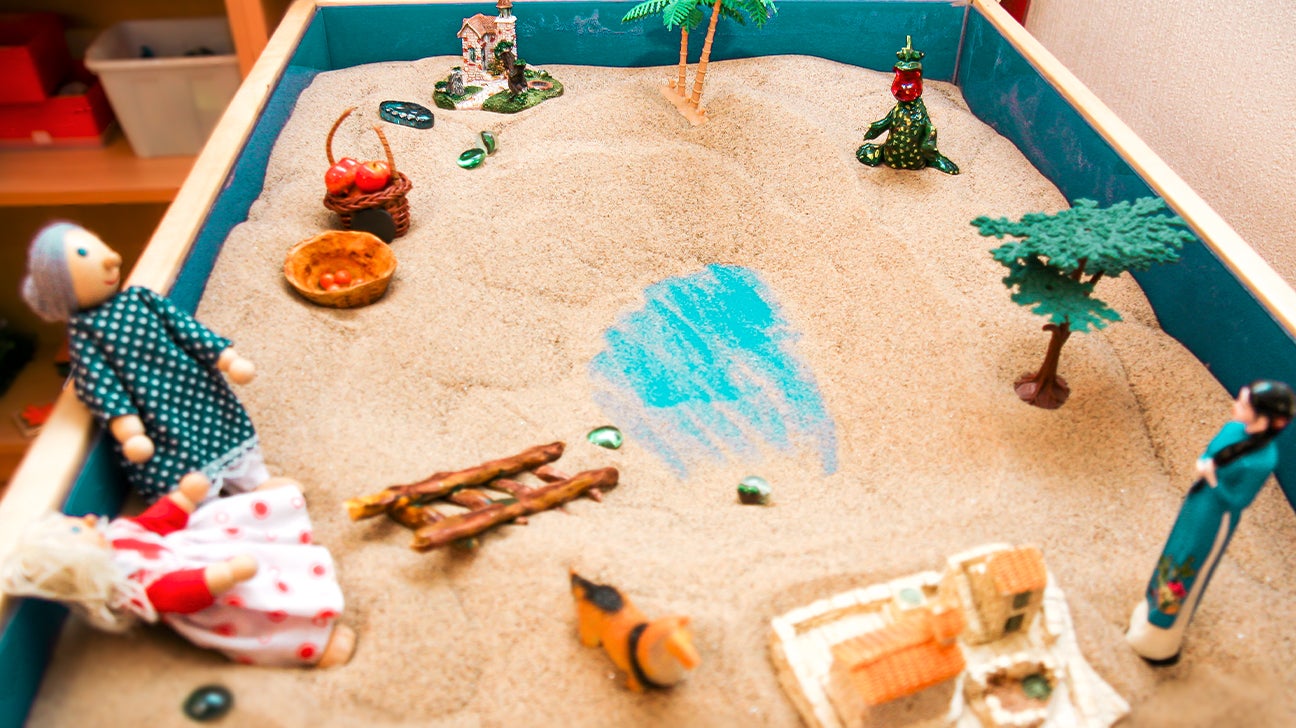

What it is: Particularly used for children, this therapy uses miniature figures in sand trays, play materials or figurines to allow clients to express inner worlds, feelings or trauma through symbolic play rather than pure verbal discussion.
Why it’s weird: To an adult it might look like “playing with toys” in therapy. But for children, play is their language.
What experts say & evidence:
- The UConn blog lists sand tray therapy as part of unique therapies: helpful especially for non-verbal patients, trauma victims or young children. (career.uconn.edu)
- It is recognised in clinical child psychotherapy as a valid adjunct.
How it might work:
- Provides symbolic space for expression, bypasses defence mechanisms; therapist helps interpret rather than dictate.
- Helps children project feelings/fears into safe external medium.
Watch-outs & precautions: Should be administered by therapists trained in play therapy. It’s not a standalone solution for severe disorders but useful component.
My take: For parents, educators or therapists working with children, this is an excellent “weird but wonderful” tool — engaging, safe, expressive and child-centred.
8. Chess Therapy / Game-Based Therapy


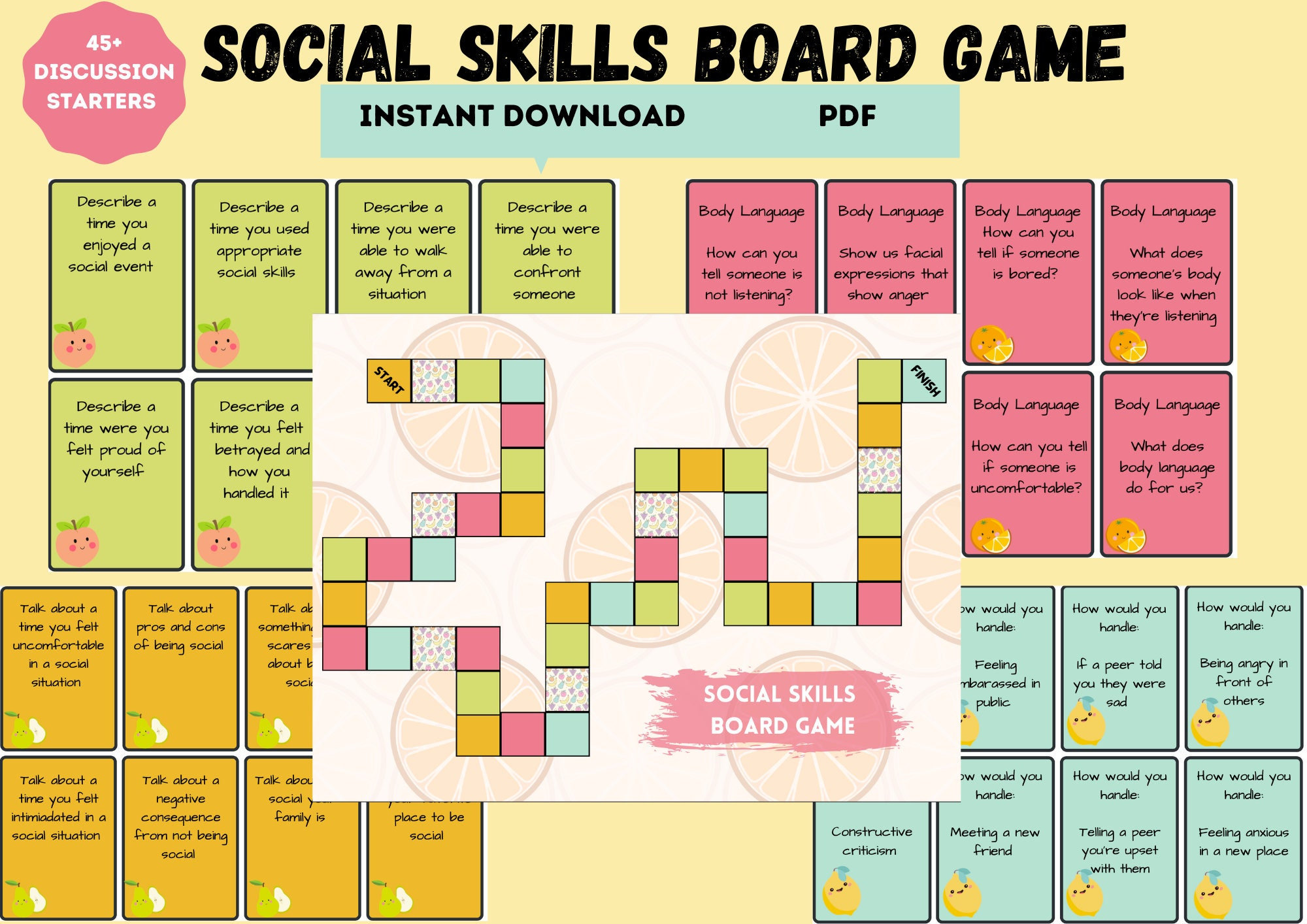
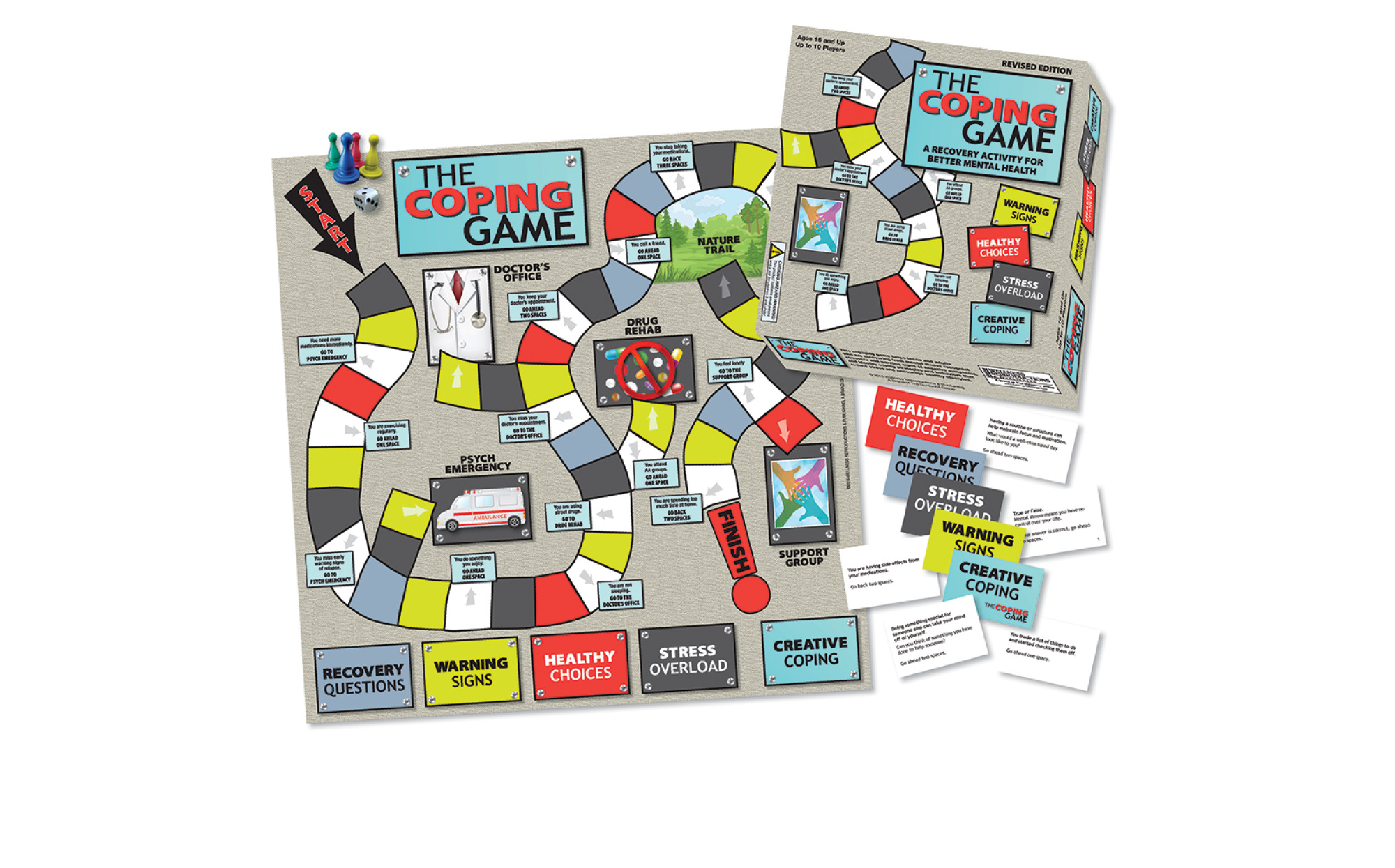


What it is: Using structured games (chess, board games) as therapeutic tools to improve executive function, attention, social skills and cognitive rehabilitation.
Why it’s weird: It sounds like “playing games” rather than formal therapy. But the structure, rules, strategy and reflection can be potent therapy.
What experts say & evidence:
- The “7 alternative therapies” article lists chess therapy: particularly beneficial for children with attention-deficit and focus challenges. (talkspace.com)
- The article explains: working out a tough chess puzzle helps children with executive function by teaching them how to focus, strategise solutions and think ahead.
How it might work:
- Strategy games engage neural circuits for planning, inhibition, working memory.
- When coupled with therapist reflection, the lessons from the game translate into life skills (attention, patience, decision-making).
Watch-outs & precautions: Best for clients who are motivated by games; unsuitable for those who dislike games or have certain cognitive impairments.
My take: A clever, under-utilised therapy. It’s “weird” in the sense that it diverges from talk therapy; but if you like games, this could be transformative.
9. Cold Laser Therapy / Cryotherapy / Whole-Body Cryo






What it is: Therapies using extreme cold (whole-body cryotherapy chambers at -110 °C etc.) or cold lasers or light-based therapies to stimulate recovery, skin health, inflammation reduction or metabolic effects.
Why it’s weird: Entering a freezing chamber or being blasted by cold lasers is outside the norm for most people.
What experts say & evidence:
- Cold-water immersion studies (see earlier) support cold exposure effects on inflammation, but cryotherapy specifically still has mixed evidence. Some athletes use it for recovery. (Healthline)
- Caution: Some evidence indicates cold immersion post-resistance training may blunt muscle growth. (Wikipedia)
How it might work:
- Sudden cold exposure causes vasoconstriction, reduced inflammation, release of endorphins and possibly enhanced metabolism.
- Some light/laser therapies aim to modulate cellular photoreceptors, reduce oxidative stress, promote collagen production.
Watch-outs & precautions: Costly, access limited, safety matters (hypothermia, cardiovascular risk). For skin or anti-ageing claims the evidence is still emerging. Not a substitute for proper training/rehab.
My take: A therapy on the edge: for enthusiasts or athletes it may have place; for general public it remains optional and somewhat gimmicky unless used selectively.
10. Horticulture Therapy / Gardening as Therapy

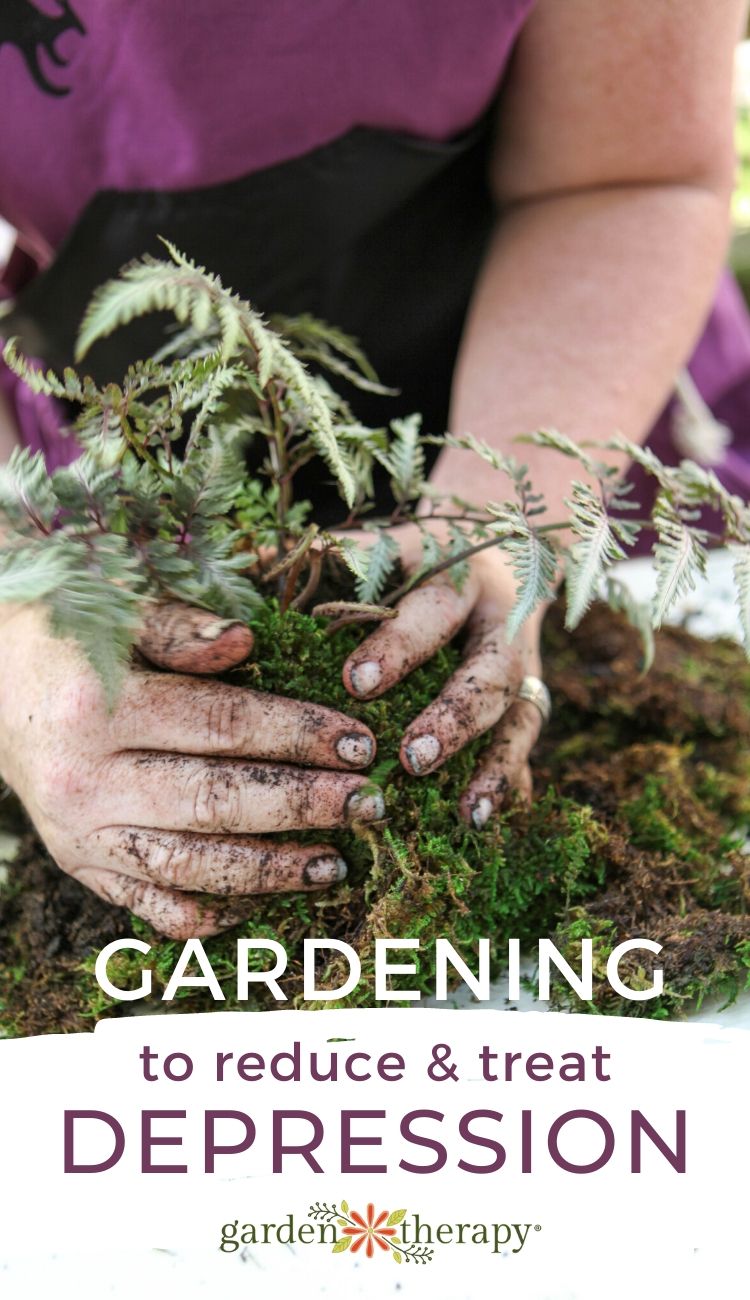




What it is: Engaging in gardening, plant-care, horticulture activities under therapeutic supervision to improve well-being, reduce stress, promote social interaction and physical activity.
Why it’s weird: “Gardening” isn’t what most people think of as “therapy”. Yet dig in and you’ll find many wellness programmes adopt it.
What experts say & evidence:
- The article on alternative types of therapy lists horticulture therapy as an adult counterpart to play therapy: “Most people find gardening a soothing activity” and therapists utilise this effect to help patients improve their mental health. (talkspace.com)
- Various studies (outside these sources) show gardening lowers cortisol, improves mood, supports older adults in residential care, etc.
How it might work:
- Physical activity + fresh air + connection to nature + purposeful task = combined beneficial effects.
- Tending plants gives sense of mastery, responsibility, routine and calming effect.
Watch-outs & precautions: Not a substitute for clinical therapy for severe disorders, but excellent adjunct. Accessibility, mobility, weather considerations.
My take: One of the most accessible “weird-wonderful” therapies: you don’t need expensive equipment, just a patch of earth or planters and the right facilitation.
11. Cinematherapy / Movie-Based Therapy

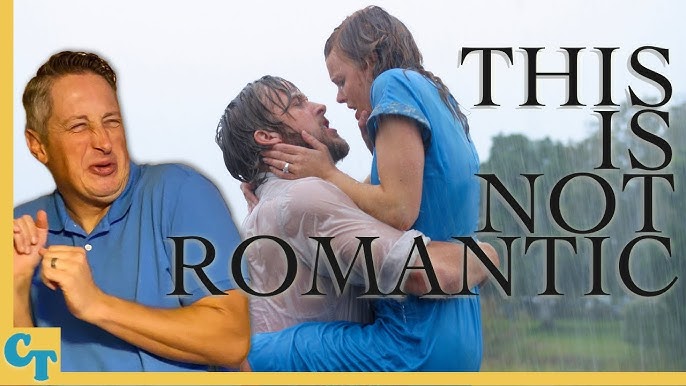




What it is: A therapist uses film watching (alone or in groups) as part of a therapeutic programme. The film becomes a medium through which clients reflect, discuss, project and gain insight.
Why it’s weird: On the surface it looks like “just watching movies”, but the therapeutic framing (pre-watch, guided viewing, post-watch discussion) gives it meaning.
What experts say & evidence:
- The UConn list includes cinema therapy (movie therapy) as useful especially for couples: patients watch a film, then discuss how they felt, how they relate to characters, what parallels they see. (career.uconn.edu)
- It’s less widely studied than some therapies, but is used in education, group therapy, relationship counselling.
How it might work:
- Films engage emotion, story, metaphor; they bypass resistance; provoke reflection.
- Post-viewing therapist helps extract themes, encourages clients to map film experiences to their own life.
Watch-outs & precautions: Needs skilled facilitation; not a standalone treatment for major mental health issues but a creative adjunct.
My take: A low-cost, engaging and often fun therapy method. Great for groups, couples or individuals who struggle with conventional talk therapy.
Summary Table
| Therapy | What it Addresses | Level of Evidence |
|---|---|---|
| Bee-Venom Therapy | Inflammation, arthritis, pain | Emerging; promising but needs more trials |
| Cold-Water Immersion / Cryo | Recovery, mood, stress, metabolism | Moderate; good for healthy individuals |
| Animal-Assisted Therapy | Stress, social skills, trauma, mental health | Good adjunct evidence |
| Hypnotherapy | Pain, phobias, habit change, anxiety | Solid for certain conditions |
| Wilderness/Nature Therapy | Self-confidence, behaviour change, stress | Growing support, especially teens |
| Music/Art Therapy | Neurological rehab, trauma, mood disorders | Good complement to conventional therapy |
| Sand Tray/Play Therapy | Children’s emotional/behavioral issues | Well-established in child psychotherapy |
| Chess/Game-Based Therapy | Executive function, attention, rehab | Emerging niche therapy |
| Cryotherapy/Cold-Laser | Recovery, skin, metabolism | Mixed; choose carefully |
| Horticulture Therapy | Stress, depression, older adults, social | Good for wellness & adjunct |
| Cinema/Movie Therapy | Couples, groups, reflection, emotional issues | Creative adjunct with growing use |
Choosing the Right Therapy: A Quick Guide
When you’re considering an unusual therapy, ask:
- What is the evidence? Does the therapy have credible studies, clinical trials or recognised practitioners?
- Is it safe for me? Consider your health conditions, medications, risk factors (e.g., heart conditions with cold immersion).
- What is the practitioner’s qualification? Especially for unconventional therapies, make sure the provider is certified and uses ethical practices.
- Is it adjunct or replacement? Most of these therapies should augment (not replace) mainstream medical care unless otherwise advised.
- Is it affordable & accessible? Some therapies (cryotherapy, wilderness therapy) may be expensive or remote; ensure you can commit.
- What is my goal? Are you looking for symptom relief, behavioural change, wellness enhancement or recovery? Choose therapy aligned with your goal.
- Track outcomes. Because some therapies are new or less studied, monitor improvement (or lack thereof) to decide whether to continue.
SEO & Blog-Optimisation Tips
- Use the phrase “weird and wonderful therapies” and “therapies that actually work” in title/meta.
- Use sub-headings (H2/H3) for each therapy to help readability and SEO.
- Include internal links on your blog to previous posts on wellness, wellness trends, therapy reviews.
- Use outbound links to authoritative sources (studies, health organisations) to boost credibility.
- Write meta description (≤155 characters) such as: “Explore 11 unusual yet evidence-backed therapies from bee-venom to cold plunges that experts say actually work.”
- Use alt-tags for images with keywords (e.g., “cold plunge therapy benefits”).
- Add a long-tail keyword context: e.g., “alternative therapies for pain relief 2025”, “nature-based therapy evidence study”.
- Consider adding a FAQ schema (structured data) for the 50 FAQs below to boost search snippet qualification.
50 Frequently Asked Questions (FAQs)
Here are 50 FAQs (with answers) to include at the bottom of the blog to boost SEO, cover user intent, and help encourage rich-snippet eligibility.
- What counts as a “weird but wonderful” therapy?
It means therapies that lie outside mainstream practice, may seem unusual, yet have credible evidence or expert support for their use. - Are these therapies safe?
Many are safe when handled by trained professionals, but safety varies — underlying health conditions, practitioner qualification and proper protocol matter. - Can bee-venom therapy cure arthritis?
It cannot be guaranteed to “cure” arthritis; some studies suggest it may help manage inflammation and joint pain, but more research is needed. (Medical News Today) - How does cold-water immersion help mood and recovery?
Cold exposure can reduce inflammation, trigger endorphins, improve circulation, boost resilience and even improve sleep/quality of life over time. (Mayo Clinic Health System) - Is animal-assisted therapy just petting a dog?
Not exactly — certified programmes integrate animal interaction with therapeutic goals, structured sessions and professional facilitation. - Can hypnotherapy help with phobias?
Yes — hypnotherapy has been found useful for some phobias, addictions and pain disorders when provided by a qualified hypnotherapist. - What age group benefits from wilderness therapy?
While programmes vary, many wilderness therapy programmes target adolescents and young adults struggling with behaviour or emotional issues. - Is art or music therapy only for children?
No — while common with children, they are effective for adults too (e.g., stroke rehabilitation, trauma, dementia). - What is chess therapy?
Using chess (or similar strategic games) as a tool in therapy to improve focus, executive function and self-regulation, especially in children with attention-deficit issues. (talkspace.com) - Does whole-body cryotherapy really boost metabolism?
Some evidence suggests cold exposure may boost metabolism slightly, but the benefits and mechanisms (and long-term effects) are still under investigation. - Is horticulture therapy the same as just gardening?
It uses gardening as a structured therapeutic process under supervision; it’s more than casual gardening and includes therapeutic intent and framework. - What is cinema therapy?
A therapist uses film watching and guided discussion/assignment around films to help clients reflect, process emotions and develop insight. - Should these therapies replace conventional medical treatment?
Generally no — they work best as adjuncts to mainstream treatments unless a specialist indicates otherwise. - How many sessions are needed to see results?
It depends on the therapy and condition — some may show early benefit (e.g., after a few sessions of hypnotherapy), others (e.g., wilderness therapy) may require longer programmes. - Are these therapies covered by insurance?
Coverage depends on your country, insurance policy, provider and whether the therapy is deemed evidence-based or medically necessary. - What should I ask a practitioner before starting a weird therapy?
Ask: What is your qualification? What evidence do you base this therapy on? What are the risks and benefits? What will monitoring look like? - Are there any risks of trying alternative therapies?
Yes — risks include allergic reactions (e.g., bee-venom), cardiovascular stress (cold therapy), unsafe programmes (unqualified wilderness therapy), divergence from needed medical treatment. - Is there scientific proof for all these therapies?
No — some have stronger evidence than others. Many are emerging and need more high-quality studies. - Which therapy is best for chronic pain?
It depends on the individual — hypnotherapy, cold immersion, animal-assisted therapy and bee-venom are among the options worth discussing with a specialist. - Can cold showers alone replicate full cold-plunge therapy?
Cold showers provide some of the benefits of cold immersion (improved circulation, mood) and are more accessible. (UCLA Health) - Is hypnosis safe for everyone?
For most healthy individuals yes, when done by a qualified professional. Not recommended for certain psychiatric conditions without specialist oversight. - How do I know if a wilderness therapy programme is reputable?
Check accreditation, staff qualifications (mental-health professionals, wilderness guides), safety protocols, follow-up support and evidence of outcomes. - Can gardening reduce depression?
Yes — horticulture therapy studies show reduced stress, improved mood and social benefits for many participants. - Are these therapies only for mental health?
No — many address physical health (arthritis, recovery, inflammation) or overlap physical/mental (pain-related anxiety, trauma). - How much does cold-water immersion cost?
If you do it at home (cold shower) cost is negligible. Commercial cryotherapy chambers are expensive. - Does bee-venom therapy hurt?
Yes — bee stings are painful; alternative methods (melittin injections) may reduce pain but involve specialist medical procedures. - What age is appropriate for animal-assisted therapy?
It varies — programmes exist across all ages, but the structure and goals must be age-appropriate. - Does music therapy help after a stroke?
Yes — music therapy has been shown to improve speech, emotional engagement and motor function in some post-stroke patients. - Is chess therapy only for kids?
While commonly used for children, strategic game-based therapies can also help adults with cognitive rehab, brain injury or focus difficulties. - How long should I stay in an ice bath?
Many protocols suggest starting at 30-60 seconds and building up to a few minutes. Duration depends on temperature and individual tolerance. (Mayo Clinic Health System) - What happens if I stop therapy early?
You may lose continuity of benefit. For many therapies, consistency matters. Track progress and decide with your therapist. - Can these therapies help with anxiety and depression?
Yes — many of these therapies (hypnotherapy, nature therapy, animal-assisted, cold therapy) show benefit for mood, stress and anxiety. - Where can I find a qualified practitioner?
Use professional associations, check credentials, look for research/clinical backing, ask for client testimonials and outcomes. - Is therapy by nature better than indoor therapy?
Not necessarily “better” but nature-based therapy offers benefits (fresh air, movement, disconnection) that complement indoor therapy and may suit some people more. - How do I compare mainstream vs alternative therapy costs/benefits?
Consider evidence, safety, credentials, long-term outcomes, and whether the therapy complements or substitutes your current care. - Will insurance pay for hypnotherapy?
Sometimes — if a licensed hypnotherapist is treating a recognized condition and the insurer acknowledges hypnotherapy as a covered modality. - Can cold-plunge therapy interfere with workouts?
Some evidence suggests immediate cold immersion after strength training may blunt muscle growth. (Wikipedia) - What should I ask about safety when doing bee-venom therapy?
Ask about allergy screening, emergency protocols, sterile technique, dosage and monitoring. - Is horticulture therapy beneficial for older adults?
Yes — many programmes in assisted-living or rehab use horticulture therapy to improve mood, mobility, socialisation and sense of purpose. - Can playing games be a real therapy?
Absolutely — game-based therapies like chess therapy engage cognitive processes, strategy, reflection and can improve attention, focus and self-regulation. - Are these therapies only for rich people?
Not necessarily. Some (cold showers, gardening, pet interaction) are low-cost. Others may cost more (cryotherapy, wilderness retreats). Access depends on location and infrastructure. - Can I try multiple therapies at once?
Yes — with caution and coordination (especially if overlapping with medical treatments). A ‘wellness toolkit’ approach may be effective. - How long until I see results?
Varies: some people feel immediate mood uplift (cold plunge, animal-assisted), others take weeks/months (wilderness therapy, hypnotherapy). Monitor progress. - What if a therapist says “miracles guaranteed”?
Be cautious — real therapies seldom guarantee miracles. Look for realistic claims, measurable outcomes and shared decision-making. - Can children benefit from unusual therapies?
Yes — therapies like play/sand-tray, animal-assisted, music/art therapy are often used successfully with children. - Do weird therapies work for everyone?
No — individual differences matter. What works for one person may not for another. Tailor the therapy to your needs, goals and condition. - What is the biggest risk of alternative therapy misuse?
The biggest risk is using it instead of necessary medical treatment, or using unqualified practitioners, or ignoring underlying pathology. - How should I track whether a therapy is working?
Set measurable goals (symptom reduction, mood improvement, functional change), track baseline and follow-up, and review with the therapist or doctor regularly. - Can nature therapy reduce stress just by being outdoors?
Yes — being in nature alone has stress-reducing benefits. When structured as therapy (guided, reflective) the effects may be amplified. - How should I choose one weird therapy to try first?
Consider: your primary goal (pain relief? mood? behaviour change?), cost/accessibility, evidence level, safety profile, and your interest/engagement (you’re more likely to benefit if you like it!). Start small, monitor progress and evaluate.
Final Thoughts
We live in an age where health and healing are evolving rapidly: integrative approaches, mind-body connection, experiential therapies and personalised paths. The 11 therapies above represent a cross-section of what might once have been dismissed as fringe — but now are earning increasing attention.
Key takeaways:
- “Weird” does not mean “ineffective” — some therapies are weird precisely because they harness less-obvious mechanisms (nature, animal interaction, cold exposure).
- Evidence matters — choose therapies with credible support, and retain your critical mind.
- Safety matters — unconventional doesn’t mean harmless.
- Complement don’t substitute — many of these therapies work best when integrated with conventional care.
- Engagement matters — the best therapy is the one you will consistently show up for and commit to.
Your wellness journey is yours to define. If you’re willing to step a little outside the box, you might discover a “weird and wonderful” therapy that really works for you.
Meta description: Explore 11 weird yet evidence-backed therapies — from bee-venom and cold plunges to animal-assisted and cinema therapy — that experts say really work.
Meta tags (comma-separated):
weird therapies, alternative therapies that work, bee-venom therapy arthritis, cold-water immersion benefits, animal-assisted therapy mental health, hypnotherapy benefits, wilderness therapy teens, music therapy benefits, game-based therapy chess, horticulture therapy depression, cinema therapy couples, unconventional wellness treatments
If you like this draft, I can format it for your WordPress blog (with headings, internal links suggestions, SEO-friendly embedded image suggestions, and generate a featured image concept) and also supply a shorter version for Instagram promotion for your flagship product ecosystem (Hospi etc). Would you like me to proceed with that now?
Want a quick walkthrough of Hospi?
We offer gentle, no-pressure demos for hospitals, labs & clinics.
Or call us directly: +91 8179508852


